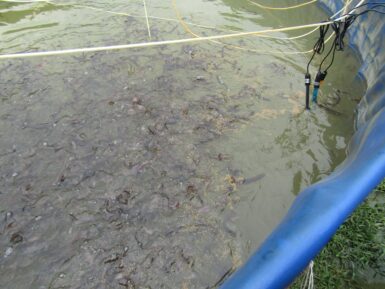
CircuitMess Spencer
DIY voice assistant that teaches you about microcomputers and electronics, sound processing, IoT, artificial intelligence, voice recognition and speech synthesis!
Follow the instructions here!
Overview
Spencer is a DIY voice assistant that talks, lights-up, connects to the internet, and understands simple voice commands.
He also has a funny personality, tells jokes, and finds new ones online.
The LED display on Spencer’s face has a 144-pixel LED grid that can show data, custom icons, animations, and scrolling text
Things you can do with Spencer:
- Ask about the weather forecast for your area
- Hear a joke
- Ask him to sing you a song
- Set a stopwatch
- Make Spencer display custom animations
- Laugh at his corny popular culture references
Talk to Spencer!
Spencer has a microphone and understands what you say (like, REALLY understands).
You can code new functions that will be triggered when you say certain sentences and words.
Get Inspired
How to realize a servo and water sensor function using simple raw materials.

With the Earth’s population still on track to increase by another two billion people by the year 2050, finding ways to feed them without causing grave harm to the environment is a top priority. Currently, fish is one of the most widely consumed foods in the world, and a new technology called biofloc helps provide both a food source and environmental stabilizer to fishponds without the need for dangerous chemicals/processes. As part of element14’s Just Encase Design Challenge, Md. Khairul Taifur had the idea to create a device that could sit within a pond and report detailed telemetry for environmental markers, as well as correct minor water quality issues via the use of a heater and water pump. His system is based around a MKR WAN 1300, which is responsible for collecting data from each sensor and then sending it to the cloud with its onboard LoRaWAN module. To make the system independent from an external power source, Taifur included a small 5V solar panel, power management board, and rechargeable battery pack. Once his firmware had been finalized, everything was carefully placed inside of a waterproof electrical box and sealed to only expose the sensors. This biofloc monitoring system has great potential as a proof-of-concept of how future fish farms might operate in a more sustainable manner. You can read more about the project here on element14.







